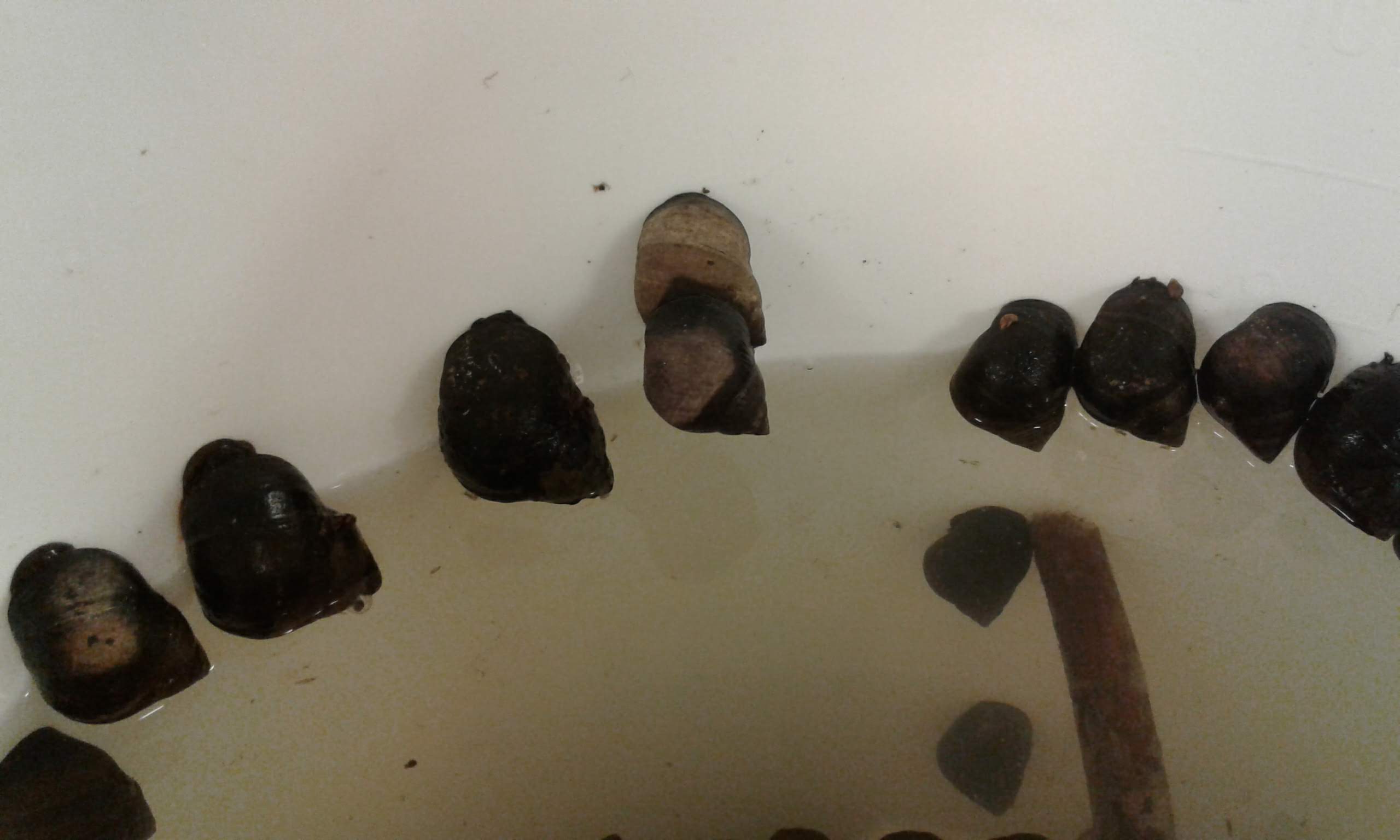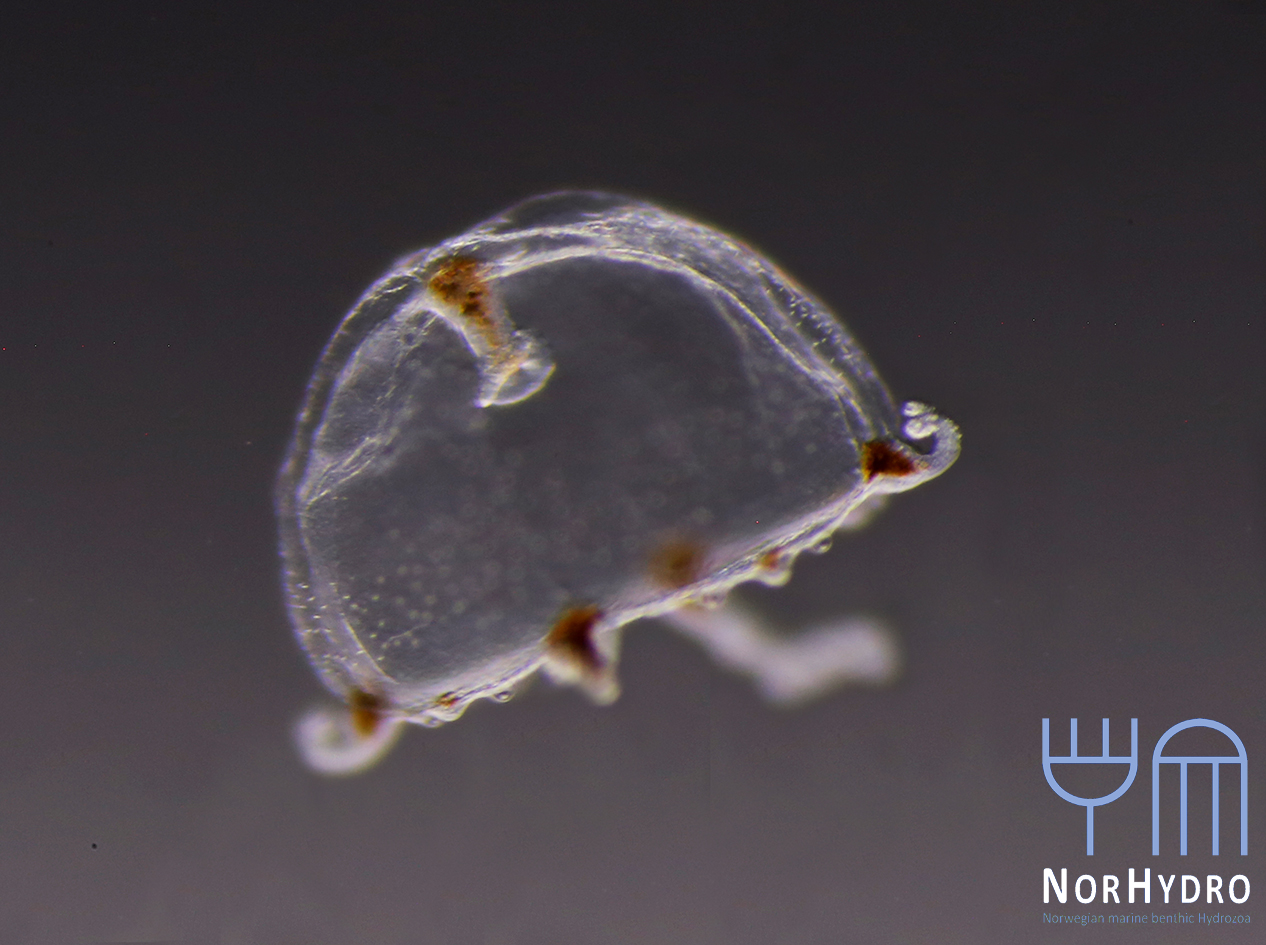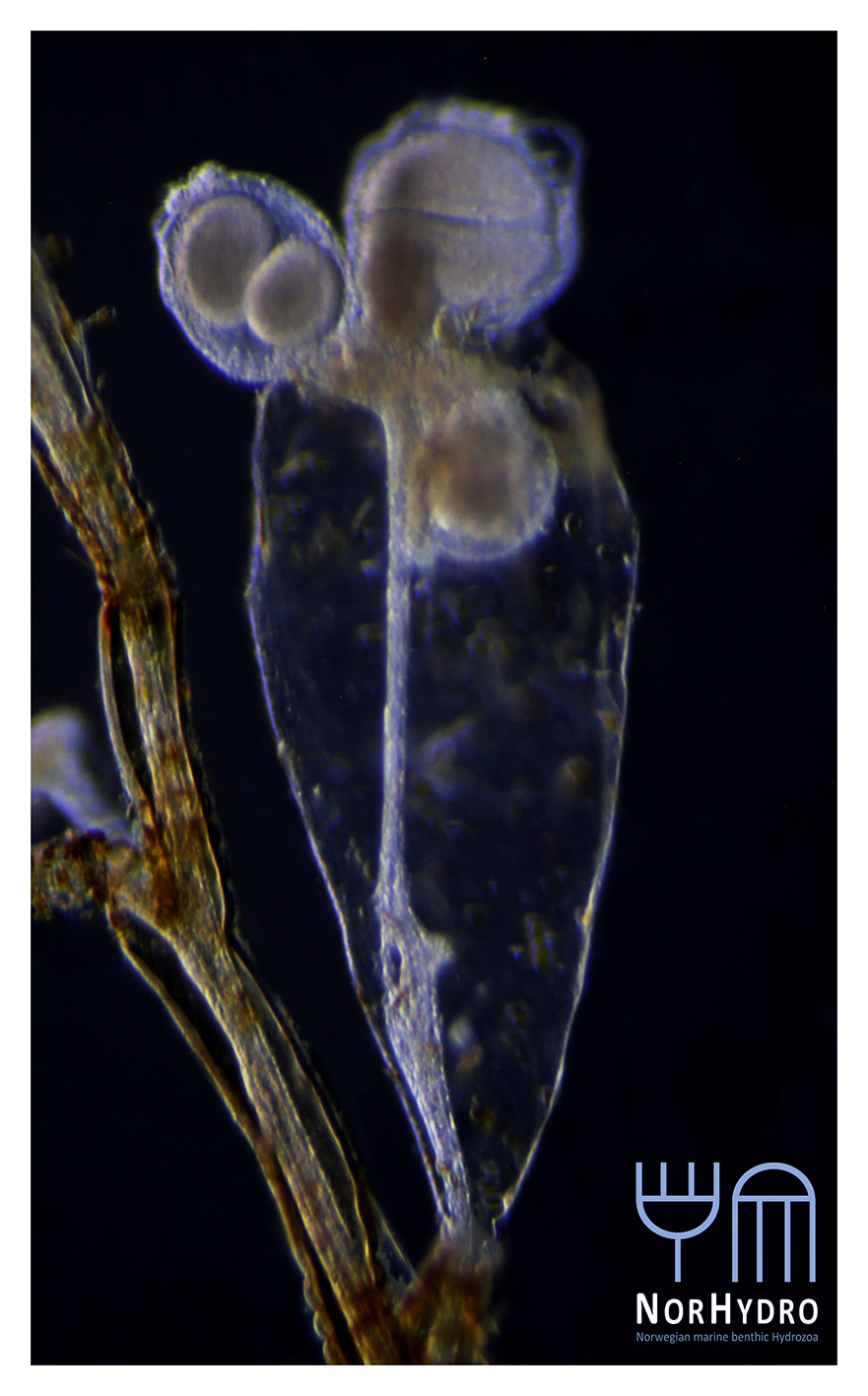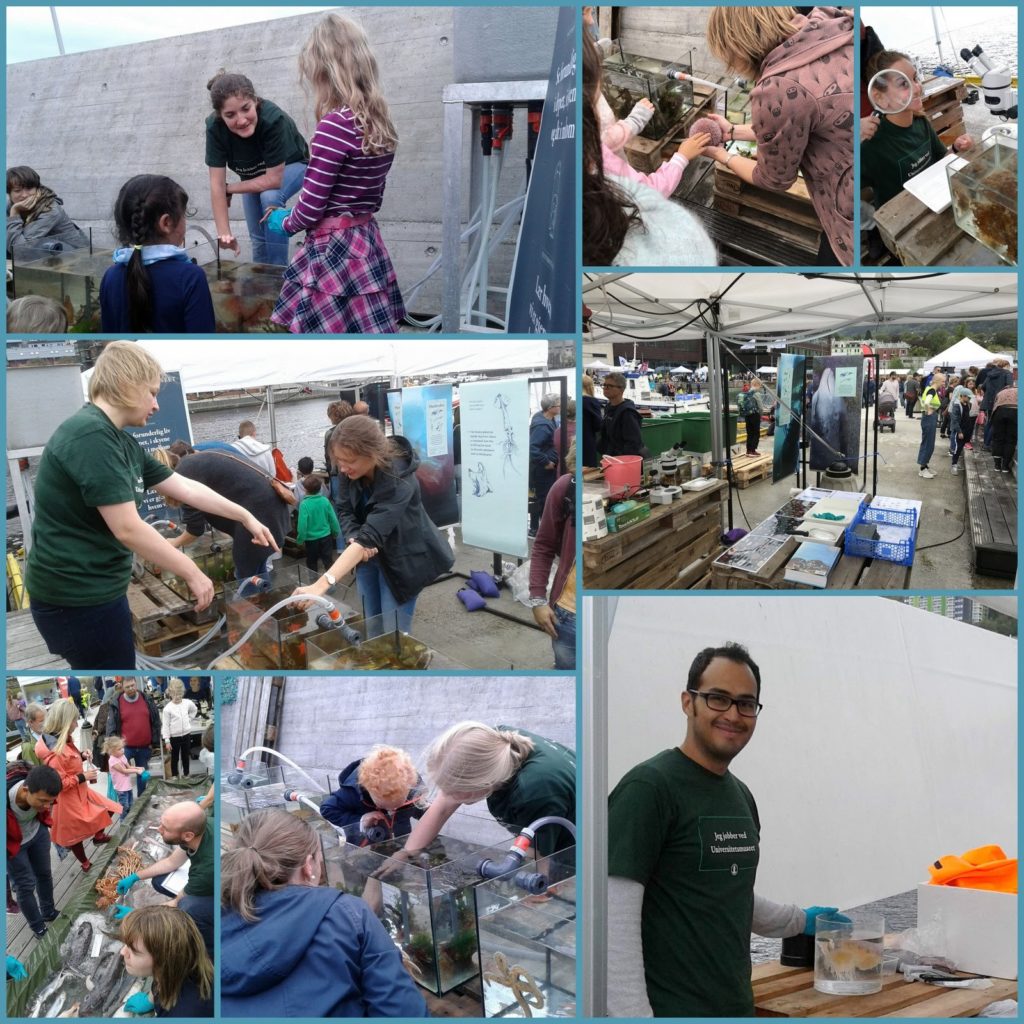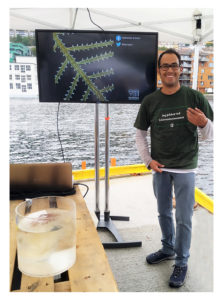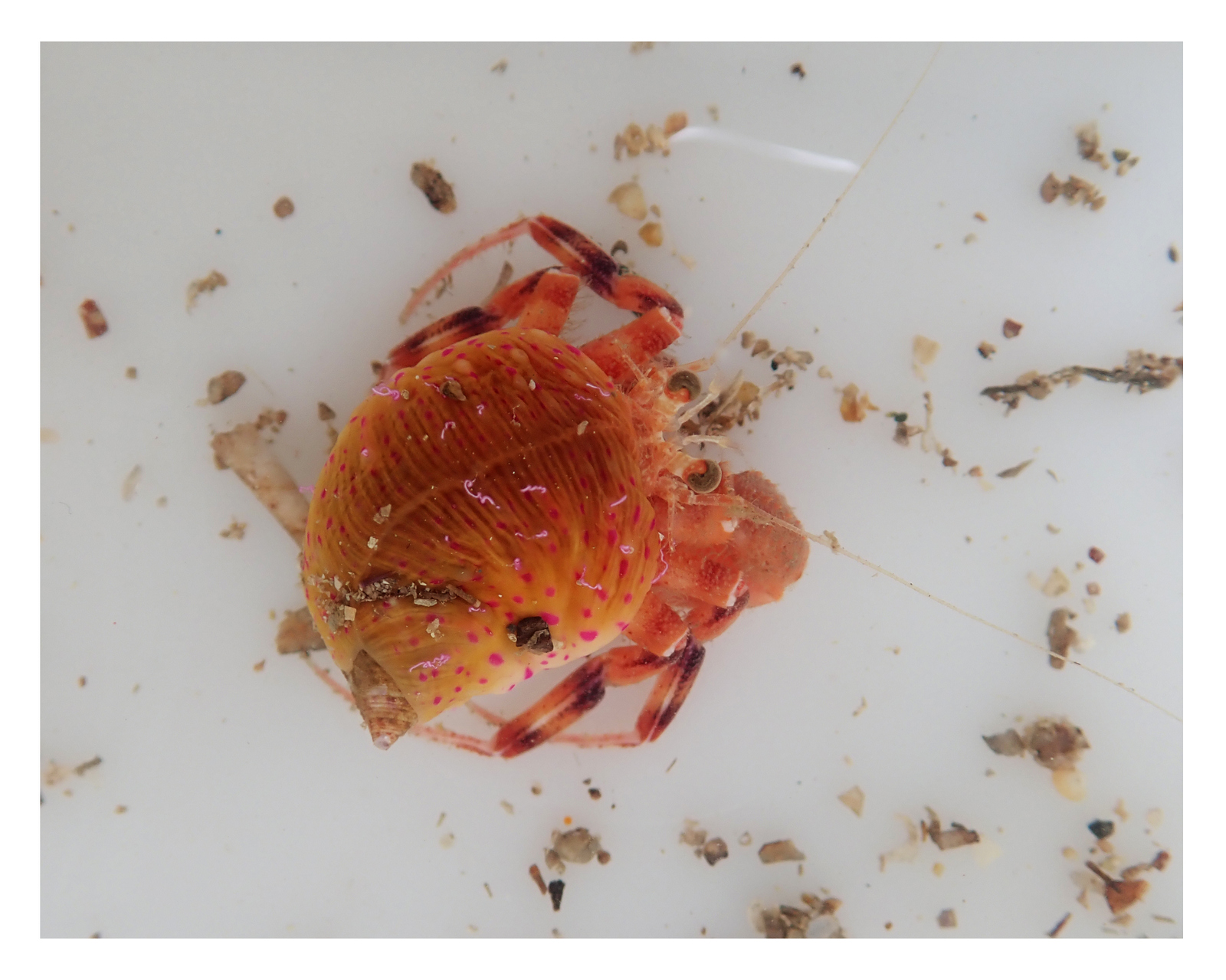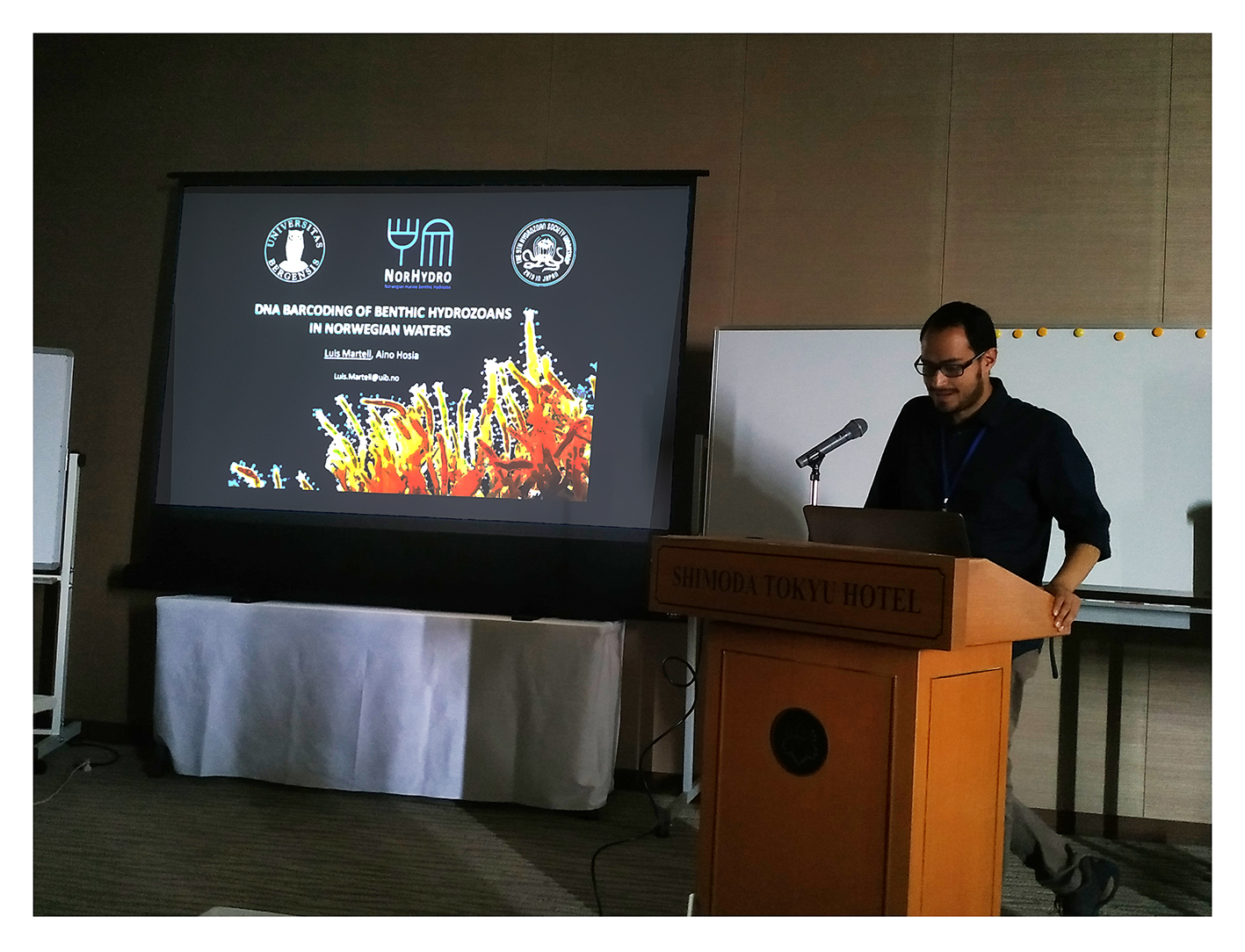Larvik & Sandefjord 22.10.2019 – 27.10.2019
From October 22 to October 27, Sea slugs of Southern Norway crossed the Hardangervidda mountain pass to pay a visit to Larvik Dykkeklubb (LDK) and Sandefjord Dykkeklubb (SDK). Vestfold, in particularly the Larvik area, was a thorn in the side for the sea slug project. With fieldwork and collection trips covering most of the Hordaland area (Bergen, Espegrend), Rogaland (Egersund), Mandal (Vest-Augder), Drøbak (Oslofjord area) a lot was left to be discovered still for Aust-Agder and Vestfold. Therefore, a visit to Vestfold was very high on our bucket list.
With Winter just around the corner, we decided to squeeze in a short fieldwork trip to Larvik just before the end of 2019. Me and Anders Schouw drived from Bergen to Larvik with our rented caddy to meet up with Tine Kinn Kvamme and members of the LDK. On Tuesday morning, after packing our mobile laboratory in the car, we drove off to Larvik. In the early evening we arrived at the LDK, there we were welcomed by Lene Borgersen from LDK, who facilitated access to the clubhouse for sorting sea slugs during our stay. That evening was also a club members evening, and I took that opportunity to give a presentation about sea slugs and the Sea slugs of Southern Norway project
-

-
Sea slug presentation for the Larvik Dykkeklubb members. Photo credits Lene Borgersen
-

-
Sea slug presentation for the Larvik Dykkeklubb members. Photo credits Tine Kinn Kvamme
It was a great evening talking about sea slugs with interested club members while eating pizza! The next day Tine, Anders and I met up with LDK member Mikkel Melsom, who joined to help on our hunting for sea slugs

Picture 2. Some sea slugs from Larvik; from left to right; Limacia clavigera, Edmundsella pedata, Diaphorodoris luteocincta, Tritonia hombergii, Tritonia lineata and Cadlina laevis. Photo credits Anders Schouw
Later that day we met up at the SDK clubhouse with Stein Johan Fongen, where I had the opportunity to once again talk about sea slugs this time to the SDK members. This was a very special evening because among the audience, besides SDK members, we also had students from Sandefjord videregående skole (Sandefjord High School)

Sea slug presentation for students of the Sandefjord videregående skole and Sandefjord Dykkeklubb members. Photo credits Tine Kinn Kvamme
In the following days several members of the SDK also joint us collecting sea slugs. Despite the fact that October is known for being not an ideal season to find sea slugs (most species are observed during Winter and (early) Spring) we still somehow ended up with hours of sorting work at the Larvik clubhouse

Cessa Rauch & Anders Schouw sorting sea slugs in the Larvik clubhouse. Photo credits Tine Kinn Kvamme
Overall, we collected 21 different species, all newly registered specimens for the project with regard to this part of the country. It would be great to see what the species abundance would be during a sea slug season like February or March!

Overview of the species collected at Larvik and the Sandefjord area
Besides sea slugs and enthusiastic club members, another highlight of the week was a visiting seal at SDK! On our last day of fieldwork, a young seal was very bold and decided to rest close to the clubhouse in the harbor. It let people come up really close, which was great for making cute seal pictures. Cherry on the cake, in my opinion!

Young seal in the harbor close to the Sandejord Dykkeklubb. Photo credits Anders Schouw
On Sunday the tree of us had to say goodbye, Tine would go back to her hometown Oslo and Anders and I would cross the snowy mountains again back to Bergen. It was a short but sweet visit and great opportunity to meet members of Larvik and Sandefjord dykkerklubbs. I therefore want to thank LDK and SDK for their interest, enthusiasm and help for the few days Anders, Tine and I were around. I surely hope we will meet again next year, and find many more sea slugs. And of course, thanks to Anders and Tine for helping again, hope we can share many more sea slug adventures together
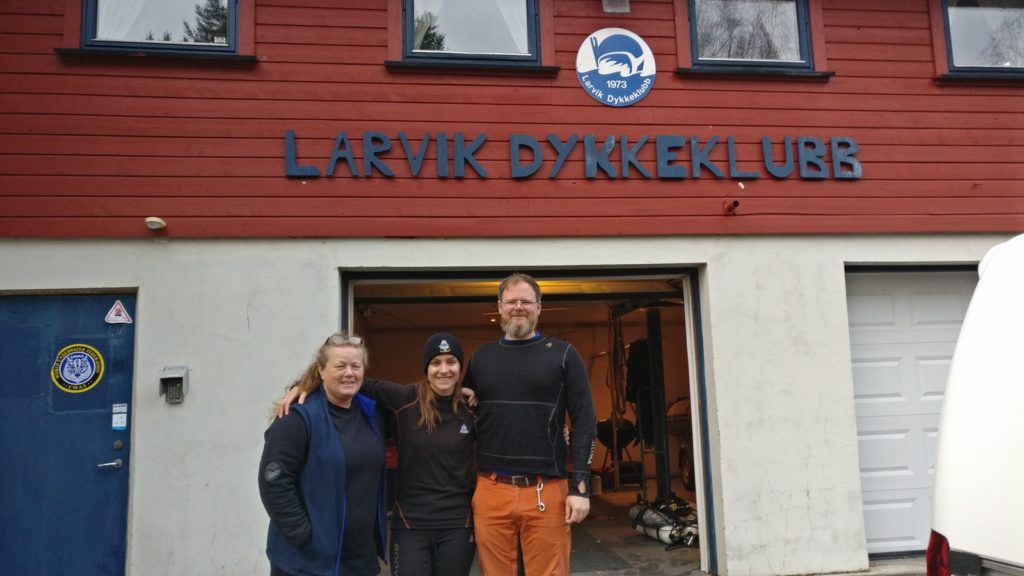
Left to right; Tine Kinn Kvamme, Cessa Rauch and Anders Schouw in front of the Larvik Dykkeklubb were most of the ‘lab’ work was done. Photo credits Lene Borgersen
More sea slugs:
Do you want to see more beautiful pictures of sea slugs of Norway? Check out the Sea slugs of Southern Norway Instagram account; and don’t forget to follow us. Become a member of the Sea Slugs of Southern Norway Facebook group, stay updated and join the discussion! Hunger for more sea slug adventures, check our latest blog posts.
Explore the world, read the invertebrate blogs!
– Cessa



















